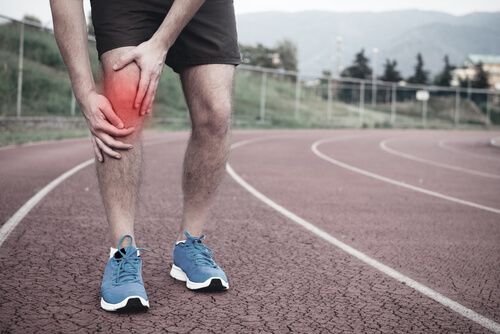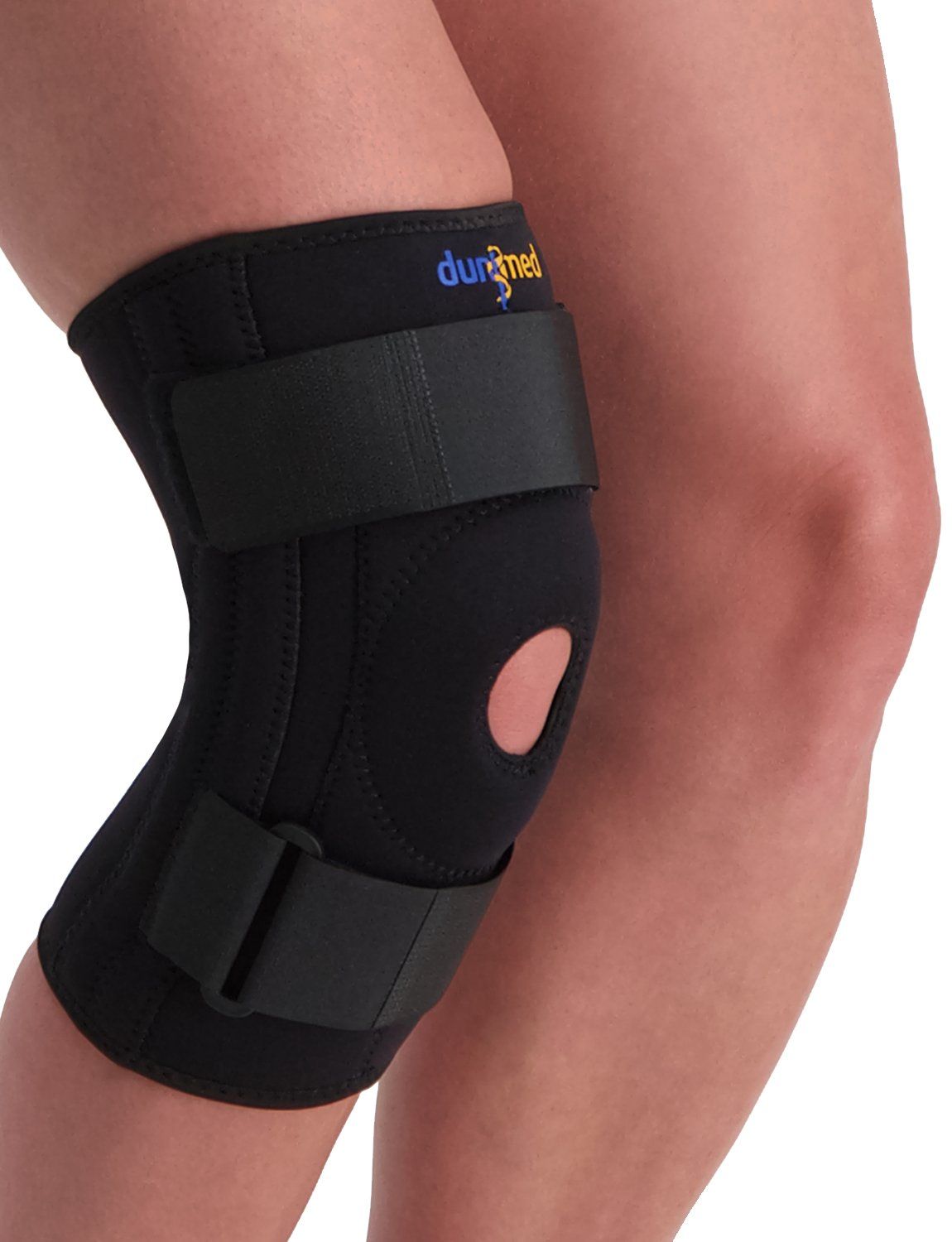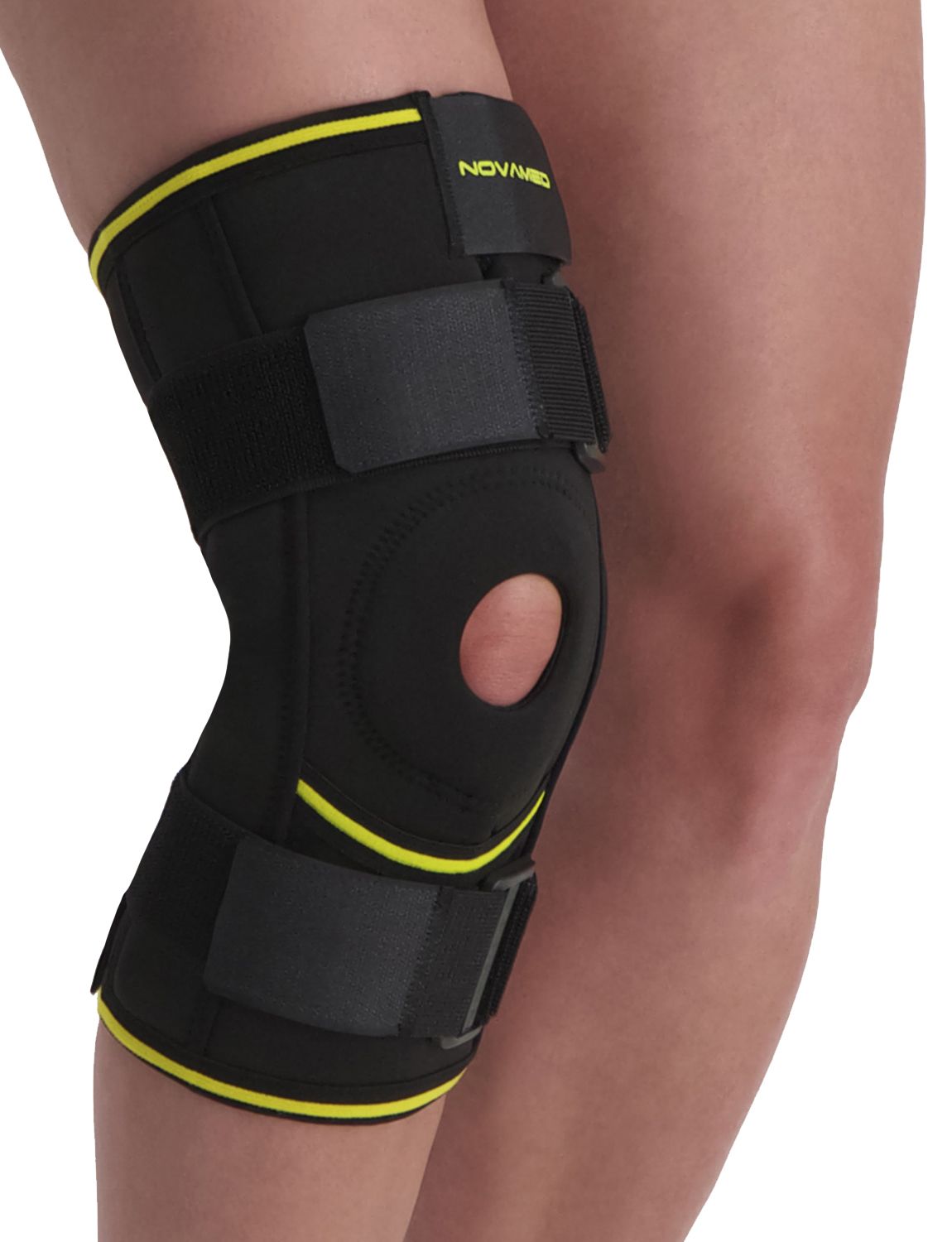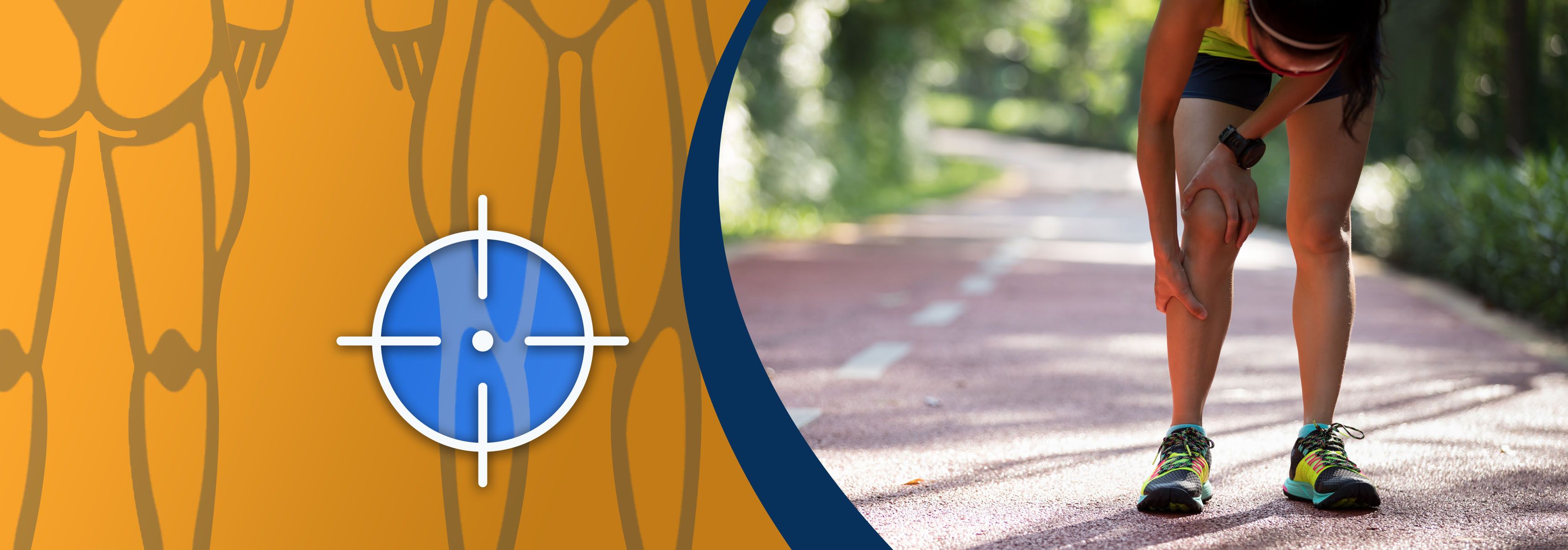Running is and remains an unprecedentedly popular sport. Unfortunately, it is also an injury-prone sport. Whether you are a beginning runner or a highly experienced one, injuries are always lurking. We would like to provide you with more information on how knee pain occurs during running and what you can do about it. Read on quickly below.
What is knee pain when running?
Knee pain during or after running is also called a runner's knee. It is caused by overuse during running. This overuse causes pain on the outside of your knee. The pain is caused by a tendon. This runs down the side of your thigh and attaches to the lower leg just below the knee.

What causes knee pain when running?
There are several causes that can cause knee pain. There are often several factors at play. By looking at the running pattern, training structure, muscle strength and shoes, the cause can often be found. We give you an overview of the most common causes.
- Too hard a surface or always the same surface can also cause knee pain.
- The wrong or worn-out shoes can play a big role in knee pain while running. It is important to have running shoes that provide proper support and stability.
- Incorrect running technique can cause knee pain. If you maintain this habit, the pain can get worse.
- There are also physical abnormalities that make the kneecaps turn more inward or outward, such as hollow or flat feet, X- or O-legs or a leg length difference.
- Weak gluteal and/or thigh muscles can be a major cause of knee pain. If these muscles are weakened, you may sink through your hip while running, causing the pelvis to tilt and your knee to turn more inward. This creates more tension on the tendon plate, causing extra friction between the tendon plate and the knee.
- If your core stability is insufficient, your control over leg movement when running deteriorates.
- Wanting to run too much and too fast can cause knee overload. It is important to build up the mileage and intensity of training slowly.
Symptoms of knee pain while running
There are several symptoms that can occur when you have knee pain while running. The most common are:
- Pain in the knee
- Stiffness in the knee
- Swelling in the knee
- Cracking or clicking sounds in the knee
Diagnosis of knee pain in running
The diagnosis of knee pain in running is usually made by a doctor or physiotherapist. The doctor will examine your knee and inquire about your symptoms. In some cases, it is necessary to do additional examination, such as an X-ray, MRI or CT scan.

What treatments are effective for knee pain when running?
There are several treatments available to reduce knee pain when running. We list some of them for you.
- The RICE method: Rest, Ice, Compression and Elevation. Initially, take as much rest as possible. Next, cool the knee with ice. You can then wear knee support or a knee sleeve for compression and support. Finally, you can elevate your leg
- If your knee hurts a lot, you can take painkillers. You can choose paracetamol or Ibuprofen, Diclofenac or Naproxen. These are anti-inflammatories.
- A physiotherapist can help you by massaging surrounding muscles, adjusting exercise load and stretching the muscle tendon plate. The therapist can also help you then set up a dosed exercise schedule so that the injury does not recur.
Can you prevent knee pain when running?
There are a number of things you can do to prevent knee pain when running. We list them for you below:
- Start slowly and build up your running routine gradually.
- Use the right running shoes. Wearing worn-out or wrong shoes can play a big role in knee pain while running.
- Work on your strength and stability. Insufficient core stability worsens your control over leg movements when running.
- Listen to your body and stop when you feel pain. Pain is really a sign that it is too much.
Need more information?
Do you have any questions or comments after reading this article? Then don't hesitate to contact our highly knowledgeable customer service team. They will be happy to help and can give you all the information you need.


Dunimed Knee Support with Busks

Novamed Lightweight Hinged Knee Support

Super Ortho Knee Support with Splints




